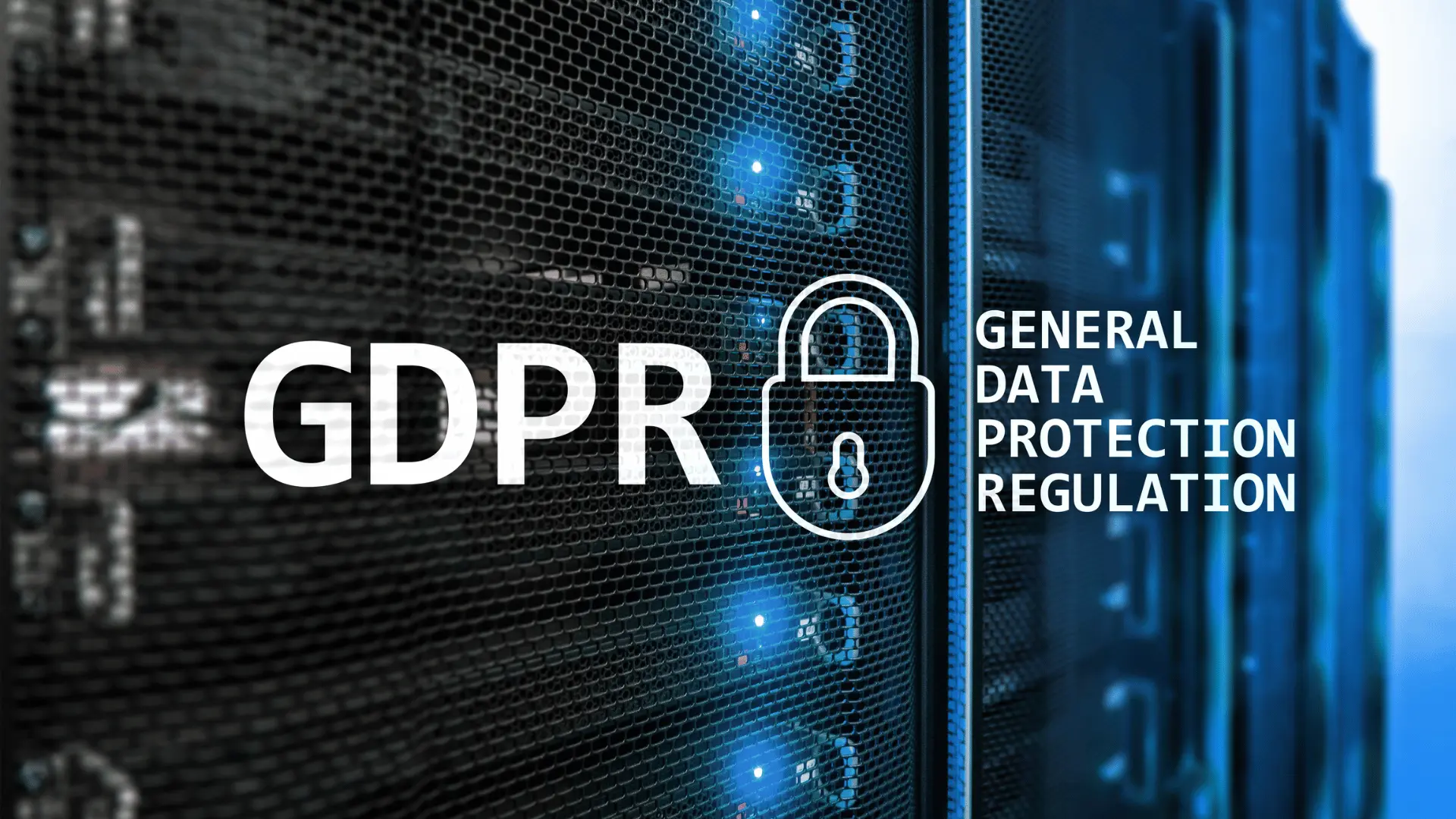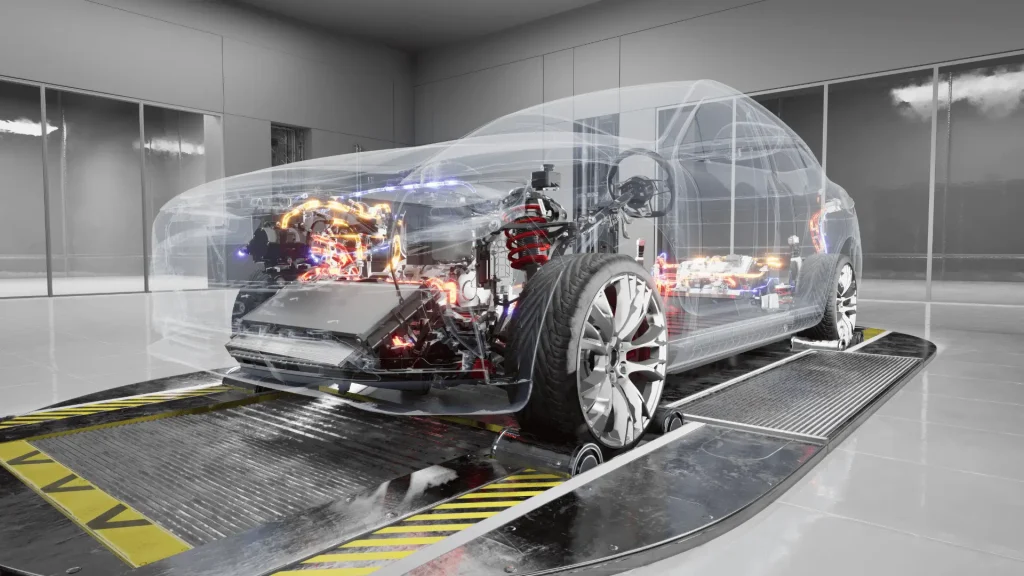The intersection of politics and technology is a delicate balancing act. When it works, thoughtful regulation can safeguard innovation and protect public interest. But when lawmakers misunderstand the technology they oversee, the results are less inspiring – and often unintentionally amusing. From misguided privacy policies to artificial intelligence, we look at the moments when tech regulation missed the mark.

Privacy Protection or Digital Overload?
The General Data Protection Regulation (GDPR) is often held up as a milestone in digital privacy, giving users more control over their data. However, its execution has been far from seamless. The ubiquitous cookie banners that now dominate websites have created a new problem: consent fatigue.
Instead of empowering users, GDPR has encouraged endless clicking just to bypass pop-ups. Ironically, even government websites faced penalties for failing to comply with the same rules they helped create. This highlights a broader issue with sweeping tech laws, which are often more ambitious than practical, leaving users caught in the middle.
The Internet as Tubes
When Senator Ted Stevens described the internet as a series of tubes in 2006, it was easy to dismiss the analogy as a misstep. But, it reflected a larger issue: lawmakers crafting internet policy without fully understanding the underlying technology.
Consider the Communications Decency Act (CDA), a cornerstone of internet law. Its protections for online platforms remain vital, yet debates around its provisions often reveal a disconnect between policymakers and the digital ecosystem. The lack of technological literacy among lawmakers frequently results in legislation that struggles to keep pace with innovation, leaving gaps that corporations can exploit or leading to unintended consequences for users.

AI Legislation: Well-Meaning, But Misguided
The rapid growth of artificial intelligence has led to a wave of legislative efforts to address its societal impacts. Among the more notable attempts was the 2023 Robot Tax in San Francisco, which was aimed at offsetting the economic displacement caused by automation.
While taxing companies that replace human workers with machines sounds forward-thinking, its practical implementation is challenging. Defining what constitutes a job-stealing robot proved far more complex than anticipated. Should ATMs, virtual assistants, or even self-checkout machines be included? Without clear guidelines, the policy fell short of its goals, illustrating the risks of reacting to emerging technologies without a solid foundation.
Bridging the Knowledge Gap
The challenges of tech regulation highlight an urgent need for informed policymaking. Laws like GDPR debates over internet infrastructure and AI regulations demonstrate that good intentions alone are not enough. Policymakers must prioritise understanding the technologies they seek to govern and collaborate with experts to create effective, forward-looking, and adaptable regulations.
Until then, the gap between technological innovation and governance will remain a source of frustration – and occasionally, unintended entertainment.











